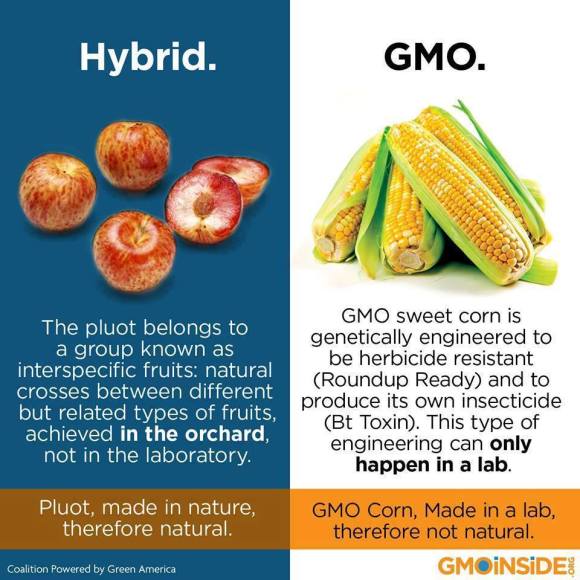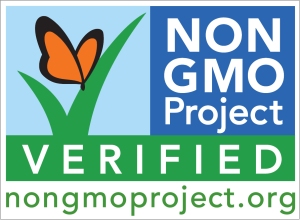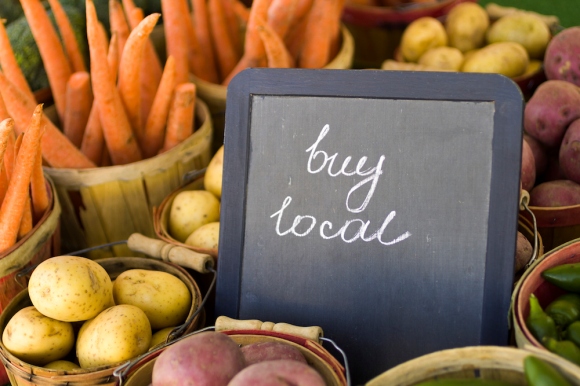“We are living in a world today where lemonade is made from artificial flavors and furniture polish is made from real lemons.” – Alfred E. Newman
I’ve been trying to eat less meat lately, especially after a study released in late June revealed that going vegetarian can halve your diet’s carbon footprint. After challenging myself to eat only one meal with meat (not counting fish…baby steps) a day, I set out to find some sushi. Pleased with my environmentalist effort, I happily purchased a California roll. And then, I read the label. Dun-dun-duuun. The first ingredient was “imitation crab stick.” What the HELL is imitation crab stick?! Here I was, trying to do a good thing, and I ended up eating imitation crab stick, which, by the way, is “kamaboko, a processed seafood made of finely pulverized white fish flesh (surimi), shaped and cured to resemble leg meat of snow crab or Japanese spider crab.” Um, gross.
My little lunch adventure got me thinking. What else am I really eating? After a lot of research, here’s some basic tips I’d like to share with you all.
The word “NATURAL” means nothing in the realm of food packaging. Do not fall for this.
Unlike organic foods, the FDA has never actually created any regulations for what “natural” even means. Surveys have shown that shoppers read the word to mean “more nutritious” and “healthier.” Are Cheetos any better for you if the word natural is on the bag? Think about it and beware.
If you are going to eat meat and you want it without antibiotics or hormones, make sure the packaging says plain and simple “no hormones administered” or “no antibiotics added.”
The USDA has gone a bit farther than the FDA in its attempt to define the word natural. However, the agency allows fresh meat, like chicken and turkey, to be labeled all natural when it’s been injected with salty broth. Also, “natural” fresh meat does not necessarily mean that it has been raised without the use of antibiotics or hormones. In order to guarantee that, the label needs to say straight-up “no hormones administered” or “no antibiotics added.”
Know the difference between hybrid and genetically modified organisms (GMOs).
Thanks to GMO Inside, here’s a simple description: “Hybrids are NOT the same as GMOs. The simple difference is one is made in nature with nature and the other was manipulated in a lab. GMOs could never occur in nature! GMOs are currently created by chemical companies and are also reliant on chemicals to grow. A double dose of chemicals is what you’ve agreed to if you support or ingest GMOs.” Learn more about GMOs here. Many GMO products are currently not labeled as such. Scary stuff! Get involved with groups like Food and Water Watch to fight for your food to be labeled.
 If GMOs totally freak you out, look for Non-GMO verified products. Learn more here. The logo for the project looks like this:
If GMOs totally freak you out, look for Non-GMO verified products. Learn more here. The logo for the project looks like this:

Finally, what is the difference between cage-free, free-range, grass-fed and pasture-raised meat and dairy products?
These definitions were found on Environmental Working Group’s Meat Eater’s Guide. Check it out for details.
Cage-free refers to hens that are not raised in cages, but it does not necessarily mean they have access to the outdoors. There is no standard definition of “cage-free,” but it generally implies that the birds are free to perform natural behaviors. Many cage-free claims are not certified, though some cage-free eggs are certified by American Humane Certified label.
Free-range: In the United States, this term applies only to poultry and is regulated by the US Department of Agriculture. It indicates simply that the animals have been “allowed access to the outside.” The USDA does not specify the quality or size of the outside range nor the duration of time an animal must have access to the outside.
Grass-fed refers only to animals fed a diet of natural grass and other forage, not grain. Some companies that market their meat as “naturally raised” or grass-fed actually feed their animals grain for significant periods. USDA’s grass-fed marketing standard requires only that animals “must have continuous access to pasture during the growing season.” It does not necessarily mean that the animals spent their entire lives in pastures or on rangeland. Some cattle marketed as USDA grass-fed actually spend part of their lives in confined pens or feedlots.
Pasture-raised (This one is the best one! Look for this!): Animals raised in a pasture can roam freely in their natural environment, where they are able to eat nutritious grasses and other plants that their bodies are adapted to digest. Products with an Animal Welfare Approved label must be raised on pasture or range. Certified organic meat must also come from animals that have continuous access to pasture.
In short, go to a local farmers market. Shake hands with your new friend, the farmer and ask him or her questions about your food. That’s the best way to truly know what the hell you are eating. And you get to tell your friends that you’re a localvore.

5 replies on “What the Hell are We Eating?”
[…] Source: What the Hell are We Eating? […]
LikeLike
We’re having fun with the labelling laws here too, in New Zealand. The egg labelling in particular is so confusing that most people have just given up and buy cage eggs, after learning that so called “free range” eggs (labelled as such) were actually from caged hens anyway, and the labels were not enforced or checked upon by any governing body 😦
Not good.
LikeLike
No, not good at all! Terrible that you are fighting the labeling issues over in New Zealand too! Good luck.
LikeLike
Your first paragraph about “imitation crab” really had us laughing … and acknowledging … so many of us want to be conscientious about what we’re doing/buying. We think we’re supporting the good cause until … Thanks for helping to clarify some of the labeling information out there so that we can all make better choices 🙂
LikeLike
Thank you so much for reading! It is so hard to do the right thing, even when you want to. Just gotta keep learning 🙂
LikeLike